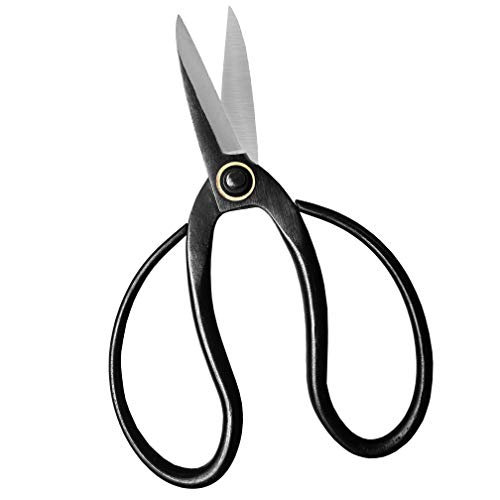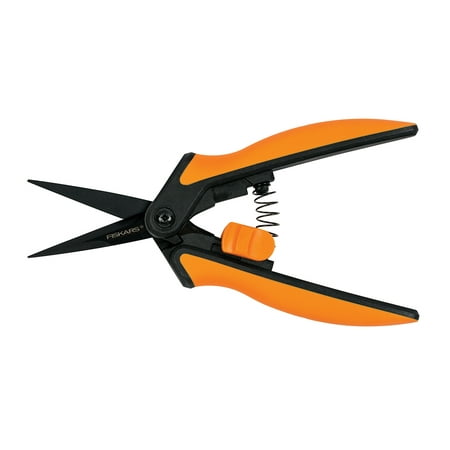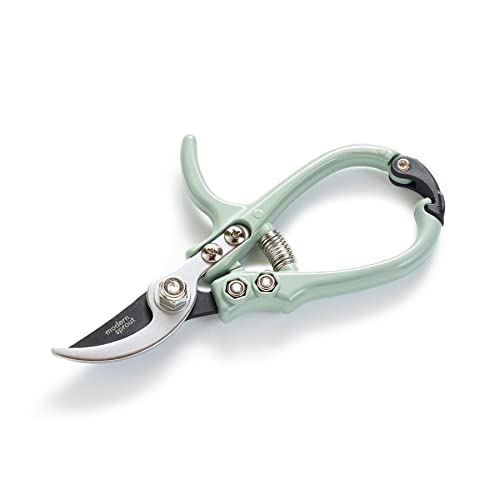Do you need to deadhead portulaca? They may be self-cleaning plants, but there are big benefits to pinching off blooms
Discover when and how to deadhead portulaca
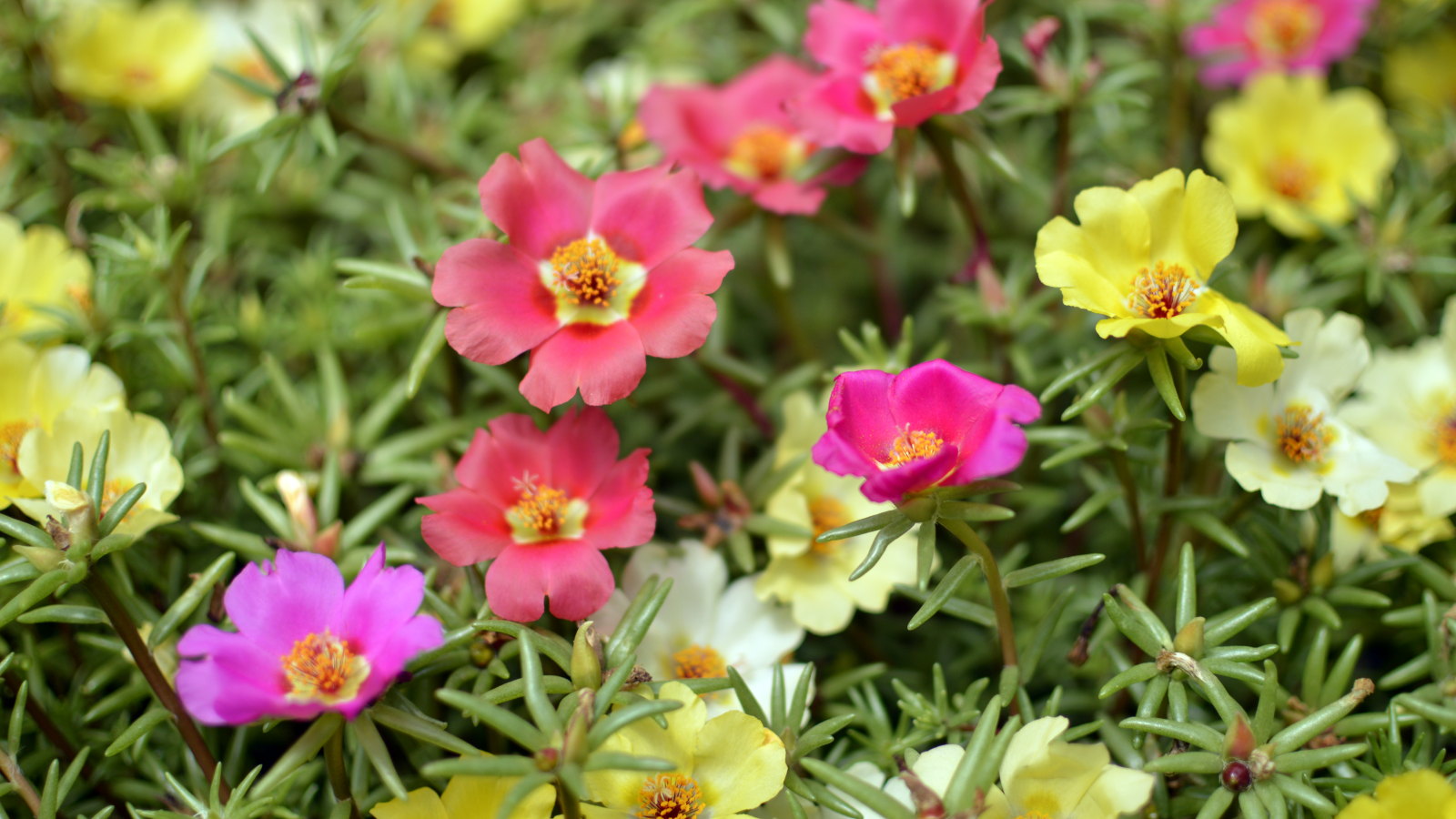

Planting portulaca is a great way to add color and drama to a space. Whether in beds, borders, containers, or hanging baskets, portulaca impress with their succulent leaves and vibrant blooms. The flowers can be red, pink, orange, yellow, or white, they will dazzle your eyes and attract bees, butterflies, and hummingbirds to your garden.
Portulaca are native to South America and are simple to grow as well as being drought tolerant plants. Part of their popularity, as well as their blooms, stems from being low maintenance, which is boosted by portulaca being self-cleaning plants that don’t need lots of deadheading.
Whether you are new to portulaca or experienced with them, you may wonder about the merits of deadheading them. This guide looks at how important it actually is to deadhead portulaca and, if you do choose to do it, the techniques experienced gardeners use to complete the task.
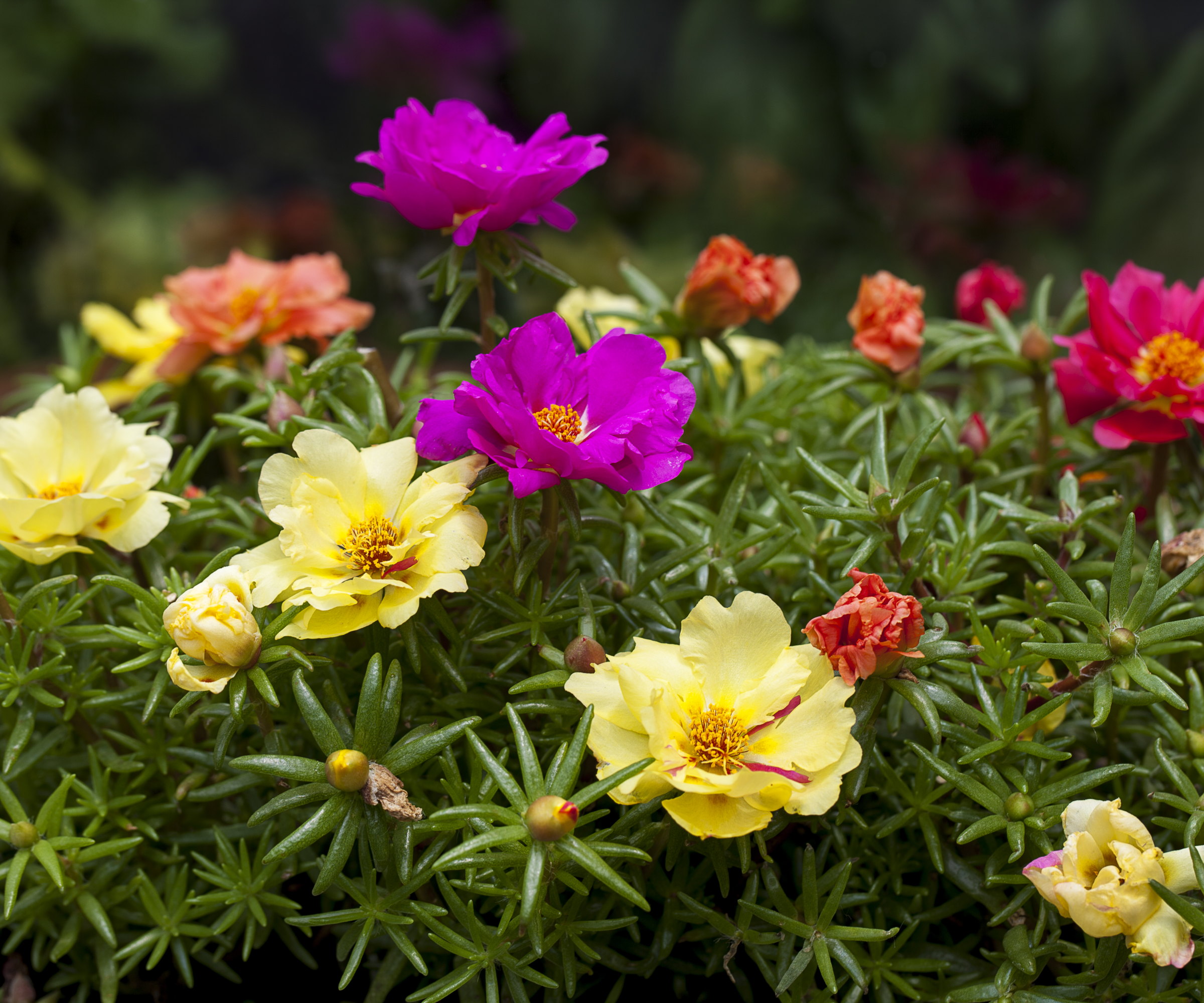
Why portulaca are popular
Portulaca, also known as the moss rose, is a popular flowering annual closely related to the common purslane. But while there are common weeds among the 100-plus species in the genus, there are lots of fantastic ornamental portulacas to add to any backyard ideas.
These varieties are low-growing, vibrant plants that can be used as ground cover, bedding plants, or in containers and hanging baskets. Portulacas are often grown as annual plants, but can be perennials in US hardiness zones 10+. They are low-maintenance and drought-tolerant, but do you need to deadhead portulaca?
Should you deadhead portulaca?
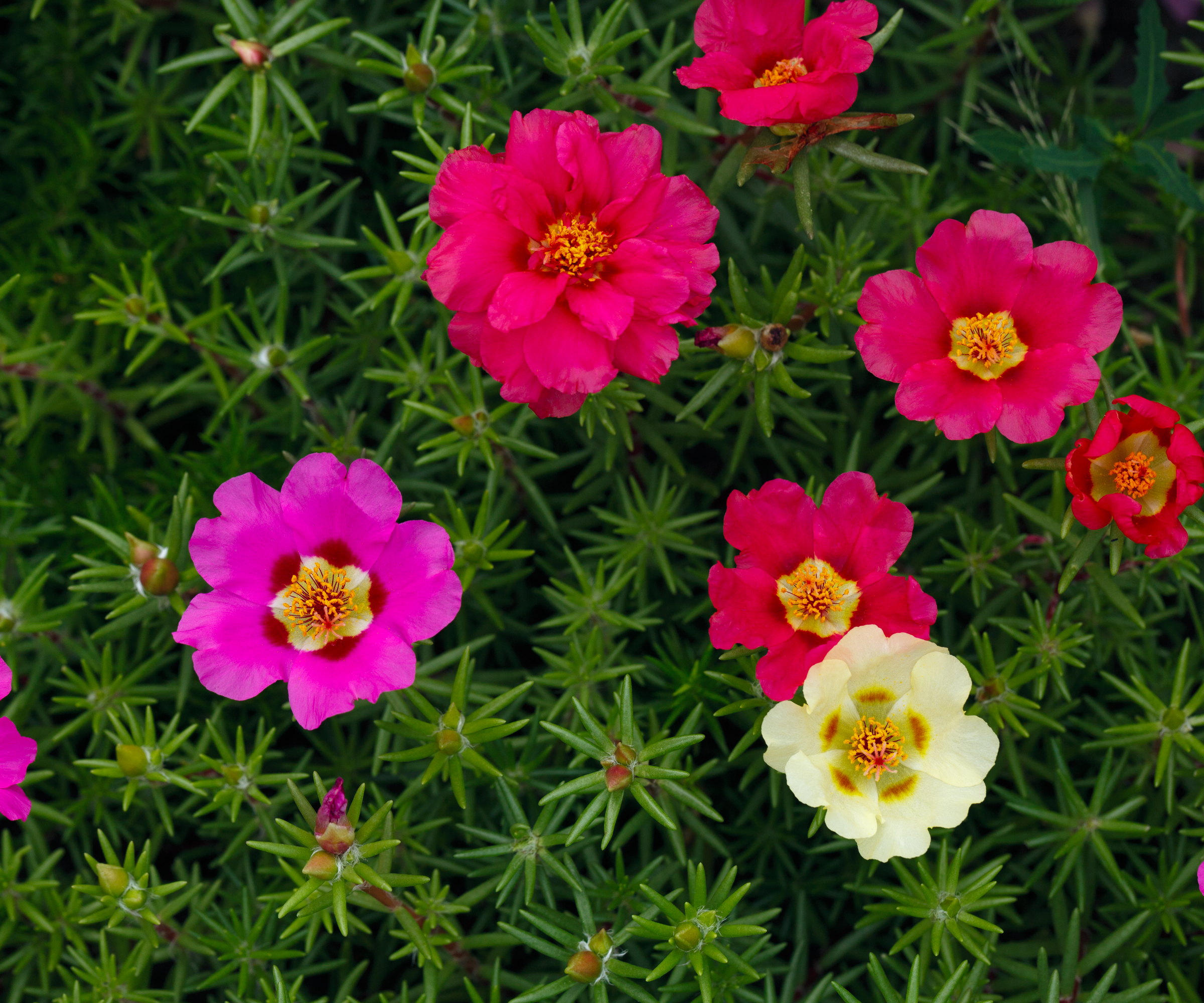
Portulaca produce masses of bright flowers that attract bees, butterflies, and hummingbirds throughout the season. They bloom throughout the summer and make excellent low-maintenance plants for flower beds, for lining paths or driveways, or for pots in full sun.
How essential is it to deadhead portulaca to keep the show going, especially considering diligently heading out potentially means a fair degree of time and effort?
Design expertise in your inbox – from inspiring decorating ideas and beautiful celebrity homes to practical gardening advice and shopping round-ups.
Deadheading flowers to remove the spent blooms is often an essential part of maintenance, as it encourages the plant to produce more buds to carry new flowers.
The key difference with portulaca is that it is a self-cleaning plant. Such plants naturally shed old flowers and keep blooming. They need little effort, including no requirement for meticulous deadheading.
However, while all that sounds fantastic and gives the impression that portulaca is a plant that never needs pruning, there are some benefits to heading out with the pruning shears and giving them a little attention.
While they are self-cleaning, snipping off spent flower heads will help extend the flowering period. The old flowers do drop off, but actively pinching back the stems will encourage the development of new buds and even more flowers.
Removing spent flowers before they fall helps keep the plant tidy. If you have many plants in pots or lining pathways, their natural shedding can look untidy. Some gardeners may prefer to regularly prune the flowers themselves to maintain a neater appearance.
Finally, portulaca is known as a self-seeding flower that can spread. It drops its seeds at the end of the growing season, and these can pop up in the following years. Cutting off the flower blooms before they form seeds prevents it from spreading.
When and how to deadhead portulaca

If you choose to go down that route, it is simple to deadhead portulaca.
Start once the first flowers begin to fade and try to do it every 10-14 days through the blooming period. Taking the time to assess the plant regularly and remove faded blooms will keep the plants looking their best.
It is recommended to deadhead portulaca in the cooler hours of the day, in the morning or evening. Doing it in the strong afternoon heat is a deadheading mistake that can stress the plant and affect the blooming overall.
You can deadhead portulaca by hand or with pruning tools. There are potential pros and cons to both; whichever one you choose will come down to your particular preference. And I found experienced horticulturists who championed both methods.
Josh Payne, experienced gardener and owner of Classic Landscapes, advocates for pinching off the blooms.
‘My technique involves using the ‘twist and snap’ method at the stem base,’ he says. ‘I train my crew to deadhead portulaca during early morning rounds when plants are turgid, the stems break cleanly without damaging surrounding buds.’
Sal Musto, owner of SalCorp Landscaping, prefers to use tools and highlights one potential risk of pinching or snapping with your hands. He claims: ‘I always carry small scissors instead of pinching because wet morning dew makes fingers slip on these succulent stems.’
The ideal tools for snipping off the blooms can be pruning shears, garden snips, or small scissors. It is important that the tools are clean and sharp to make clean cuts and reduce the risk of disease.
An alternative to diligently deadheading portulaca is to shear the plants back during the summer. Cutting it back after the first flowering can rejuvenate the plant and encourage a second flush of blooms that can last into fall.

Josh Payne is the owner of Classic Landscapes in Alberta and has over 25 years of experience in the landscape and garden industry

Sal has over two decades of experience dedicated to enhancing outdoor spaces. He has established SalCorp Landscaping & Construction as a trusted name in landscaping in Walpole, MA.
Adding portulaca can be a great way to spruce up spring containers for summer. As moss roses are drought-tolerant and low-maintenance, they make great additions if you strive to transform your spring containers for summer displays.
Changing up your containers at the end of spring, once your spring plants have done their thing, involves giving the soil a boost by amending it with fertilizer and picking the right plants for the season ahead. The reward will be great displays through summer and fall.
Shop your deadheading essentials

Drew has worked as a writer since 2008 and was also a professional gardener for many years. As a trained horticulturist, he worked in prestigious historic gardens, including Hanbury Hall and the world-famous Hidcote Manor Garden. He also spent time as a specialist kitchen gardener at Soho Farmhouse and Netherby Hall, where he grew vegetables, fruit, herbs, and cut flowers for restaurants. Drew has written for numerous print and online publications and is an allotment holder and garden blogger. He is shortlisted for the Digital Gardening Writer of the Year at the 2025 Garden Media Guild Awards.
You must confirm your public display name before commenting
Please logout and then login again, you will then be prompted to enter your display name.
